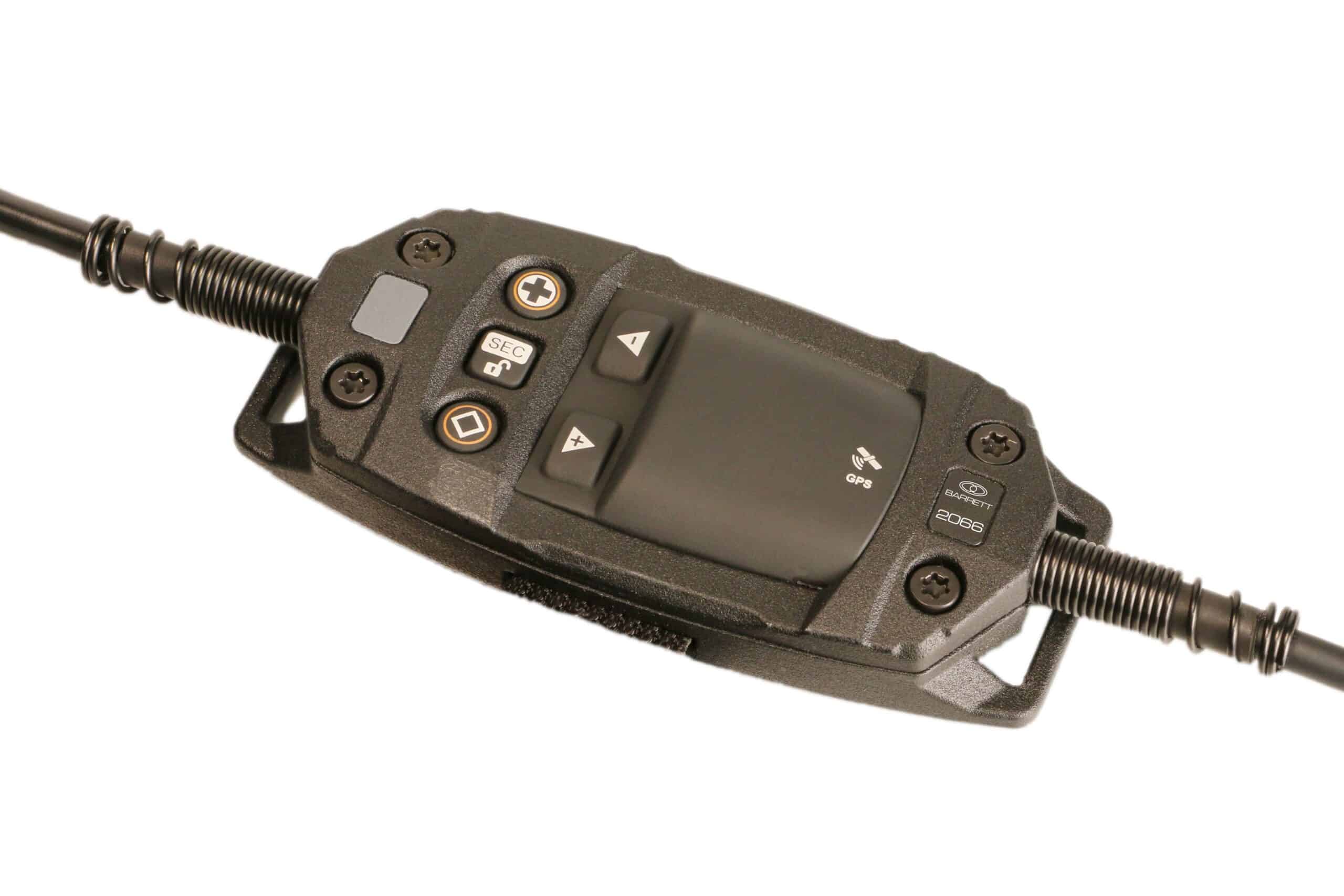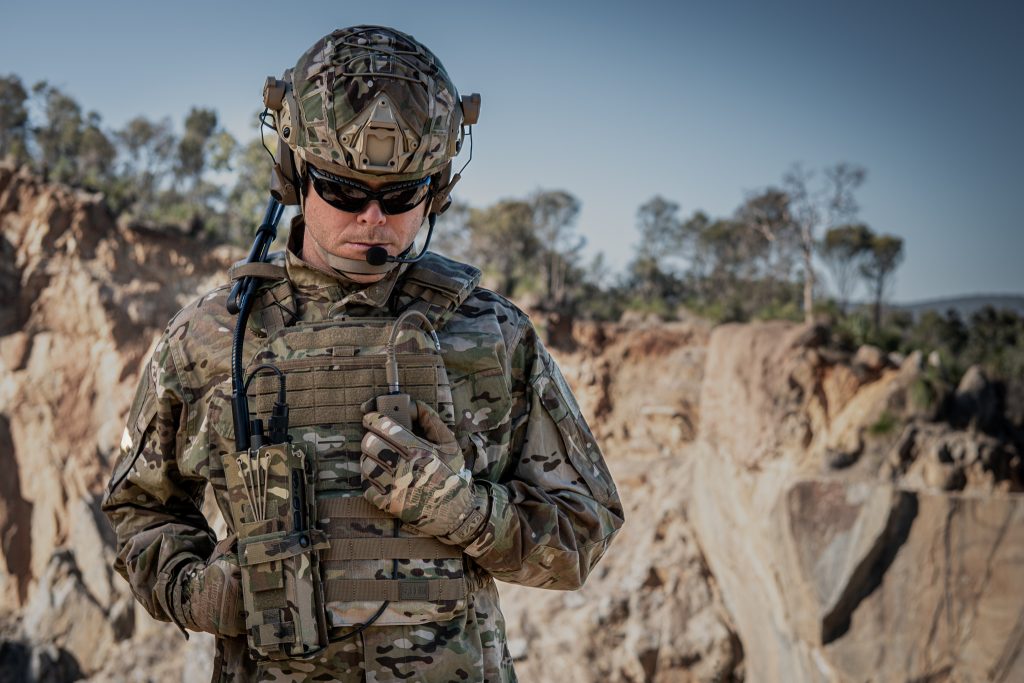How encryption works and protects radio communications
How encryption works and protects radio communications

Here, we’ll give you a general overview of how encryption works and how it protects critical radio communications.
Encryption is essential to any cybersecurity strategy for combating malware or ransomware threats, phishing attacks and other infrastructure-related hacks that have the potential to trigger mass power outages. But it’s every bit as important for radio communications and the professions that rely on high frequency radio technology. While encryption is employed in several different industry verticals and leveraged by the IT community, it can seem like an esoteric subject matter at first glance.
What is encryption ?
Wherever data is available, encryption is utlized as a means of protecting it. At its essence, that’s what encryption is: a proactive defensive measure in which data is converted into a special code so it can’t be read or interpreted by those who lack the proper authorisation. Financial services, information technology, health care, media, banking, retail and several other sectors use various permutations of encryption.
How does encryption work in radio communications?
The major difference between information disseminated on radio versus many other industries is it’s heard, not read. So to prevent transmissions from being easily discernable, a cipher encodes what’s transmitted so it’s virtually impossible to make sense of without the proper decoding equipment and encryption key. Much like what a key does for a door or entrance, an encryption key is what locks whatever information is communicated by radio.
With these defences in place, the risk of outside parties obtaining information from, or interrupting, radio transmissions are dramatically reduced. And since the U.S.-based Cybersecurity and Infrastructure Security Agency (CISA) released a report discussing the benefits of using encryption more broadly in public safety-related radio communications, more manufacturers are implementing this security measure throughout their systems.
Barrett Communications is one of those developers. From the 4050 HF software defined radio (SDR) transceiver to products that do the encryption for you — such as our In-Line Voice and Position Encrypters — Barrett Communications has the solutions you need to ensure your ears-only communications are kept under wraps. The 4050 SDR transceiver features secure digital voice (SDV) with two encryption standards. These include a non-export controlled DES 56 vocoder or an export controlled AES 256 vocoder. The In-Line Voice and Position Encrypters can be tailored to suit your industry’s operations requirements and boast built-in AES encryption. This means all communications are secured by a trusted, reliable algorithm.






